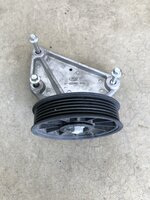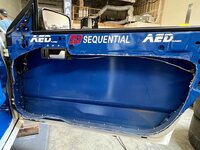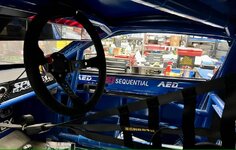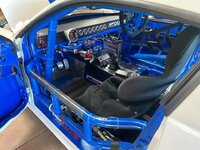One thing not mentioned here is safety. Please continue to invest in quality safety gear (fire system, driver clothing, belts, etc) throughout your build. You can always build another car or delay mod purchases but you can't get your life back.
Couldn't agree more with this statement, over engineer when it comes to this. I tore the front factory seat mounts out of the floor because the impact was backwards. Thankfully the high sided race seat held and I didn't end up in the back seat.

















